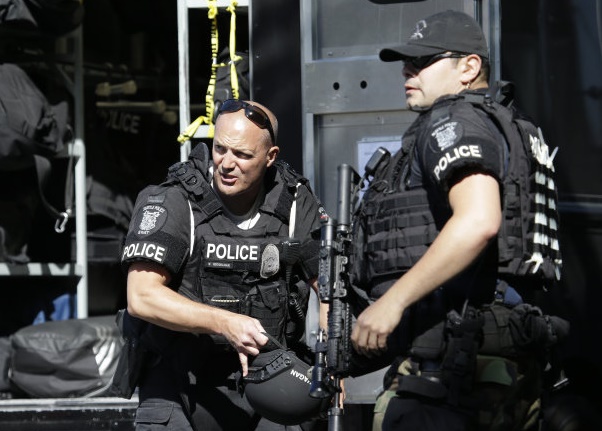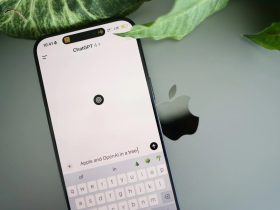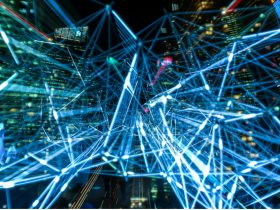The Seattle Police Department launched an official YouTube account on Wednesday called SPD BodyWornVideo with footage from officers’ body cameras. This new actions are taken to improve the transparency. It has just 15 videos and, as of this morning, 280 subscribers.

However, if you were hoping for anything Cops-like you’re likely to be disappointed. All the videos are silent and so blurry they will give you a headache, but not much clarity. In accordance with privacy measures, faces aren’t the only parts of a shot that are blurred out — most of the time it’s the entire frame, and audio’s been scrubbed as well. Seattle’s police department’s using methods recommended by volunteer hacker Tim Clemans, and according to SPD Blotter, the redacting process only took half-a-day to process four hours of raw video. Comparatively, the force’s old methods would take upwards of a 60 minutes to obfuscate a single minute of footage. Why no crystal-clear images? It’s apparently not the cameras. The tool, SPD explains, “blurs video to protect privacy.”
The Seattle police department worked with a team of volunteer hackers starting last December to develop a way of quickly redacting individual faces and voices from large files of police body cam footage. The department is dealing with more public disclosure requests for footage than they can possibly handle. Mike Wagers, the department’s chief operating officer, told The Seattle Times that his officers burn an average of 7,000 DVDs per month to meet requests for footage, double the rate of requests from last year. Altogether, the police say their have amassed 364 terabytes of video footage–equivalent to cramming the entire memory of 5,400 completely full top-of-the-range iPhones.
As of now there’re a handful of clips ranging from 4-to-30 minutes in length, with a majority of SPD BodyWornVideo’s uploads coming from last month’s Martin Luther King Day protests. The plan, according to The Seattle Times, is for the tools to get further refinements and then distribute them, for free, to other law enforcement agencies — maybe even yours.
While the intent to increase police accountability is respectable, the question of how these videos will be of use to the public remains, considering that individual faces and all noise are blocked out.







Leave a Reply